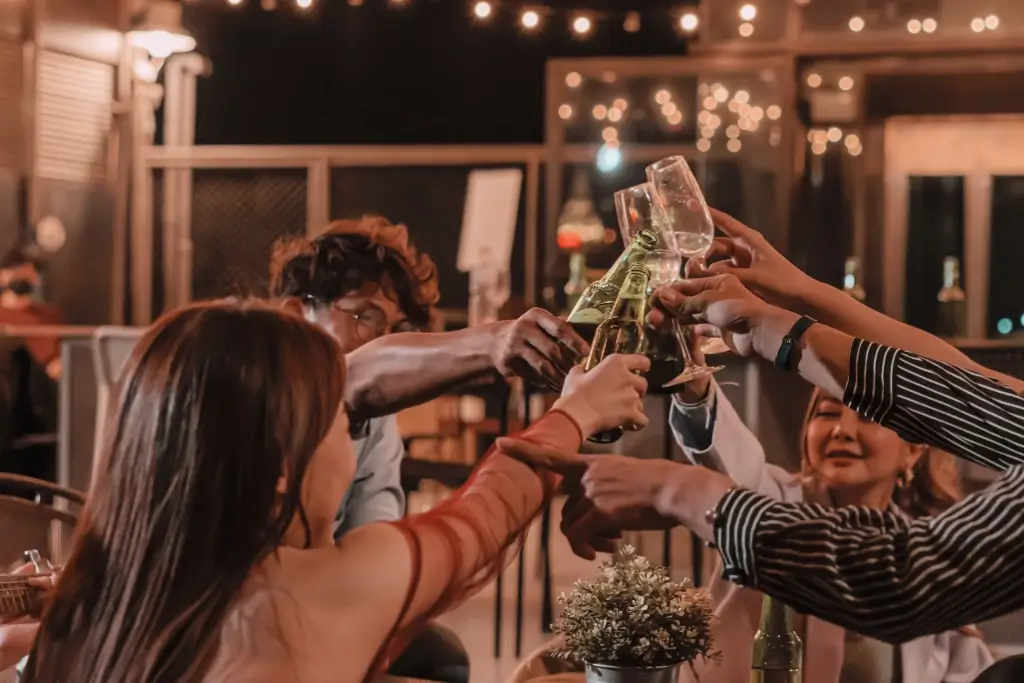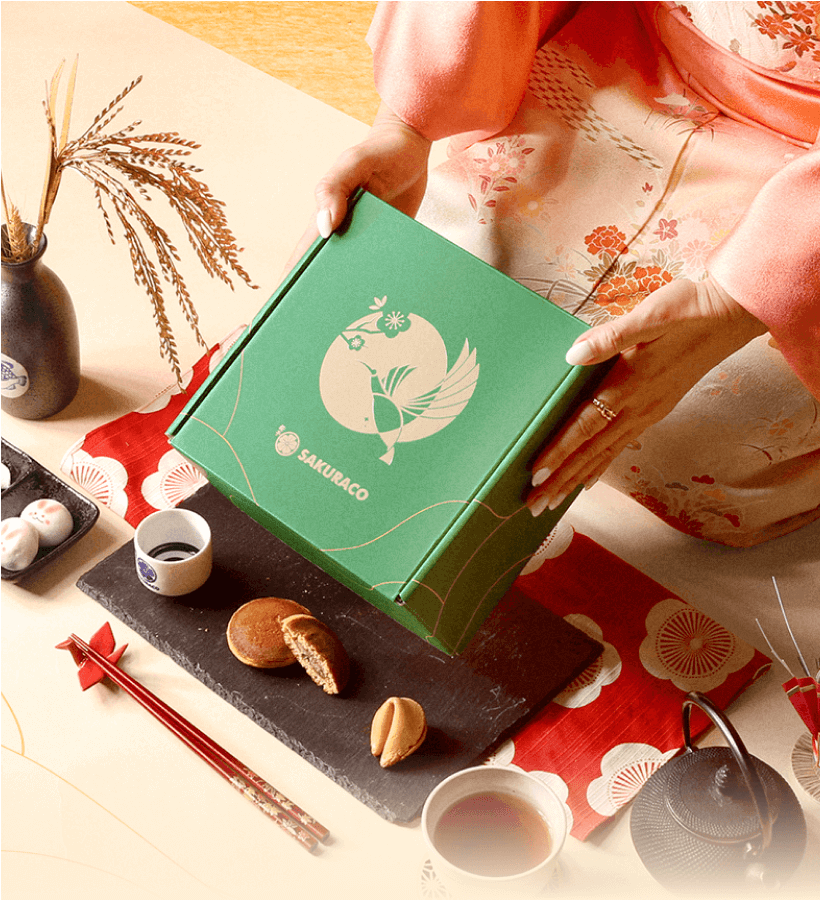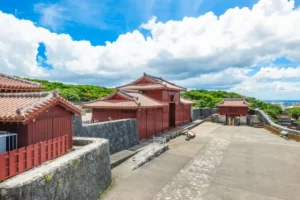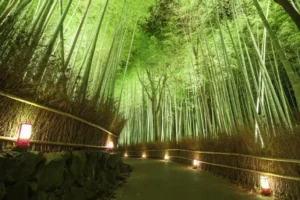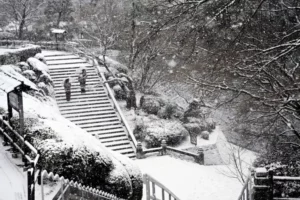Fukushima is experiencing a fresh wave of revival by opening a unique new bar. This spot offers more than just food and drinks. It’s not just a place to relax; it stands for strength and community in a town still recovering from a disaster. Inside, locals and visitors will find a warm atmosphere where history and modern entertainment come together uniquely.
This one-of-a-kind bar is a welcoming place for workers rebuilding the town after the 2011 disaster. Keep reading to discover how this cozy space welcomes both locals and visitors with a purpose.
Table of Contents
ToggleBringing the taste of Akita to Namie
One of the bar’s key contributors to the local culture is Masao and Masako Tochimoto. They relocated their izakaya (Japanese-style pub) Yamazato from Akita to Namie, Fukushima, to support the community’s post-disaster recovery. The Tochimoto family’s move to Fukushima wasn’t just about opening a business.
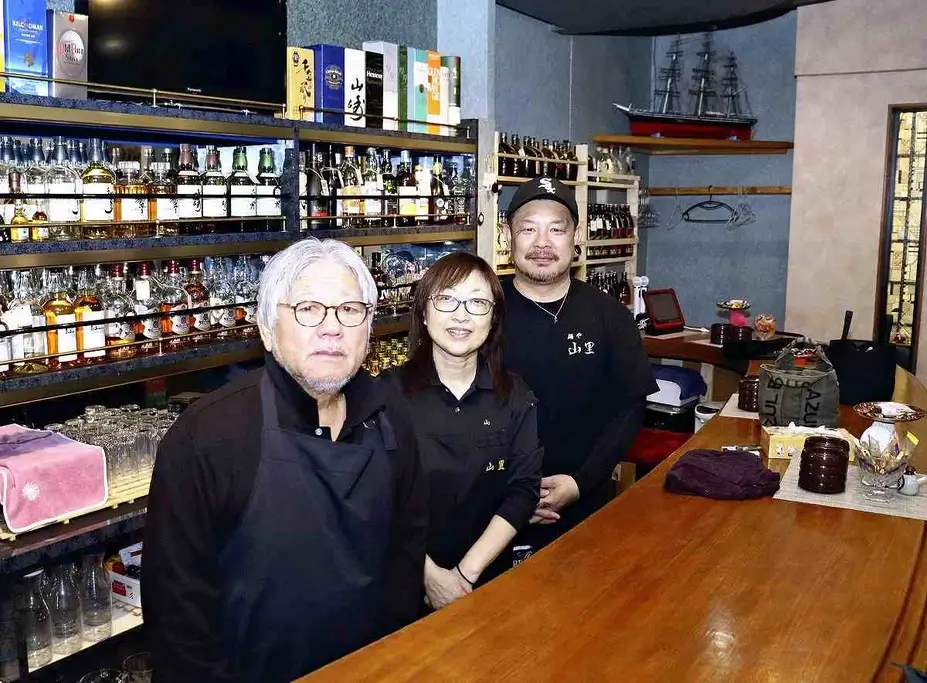
It was about giving back to a town deeply affected by the nuclear disaster. The decision to move was deliberate, and the goal was to contribute to the town’s healing and revitalization process. Still amid recovery, Namie has seen the Tochimoto family’s efforts bring new life to the town. They have created a space for comfort and enjoyment through delicious Akita food, music, and a warm atmosphere.
Bringing new life to Fukushima’s night scene
Fukushima has been steadily rebuilding, but entertainment venues remain scarce. The new bar introduces a fresh nightlife option and promotes local businesses, offering workers, residents, and tourists a space to unwind.
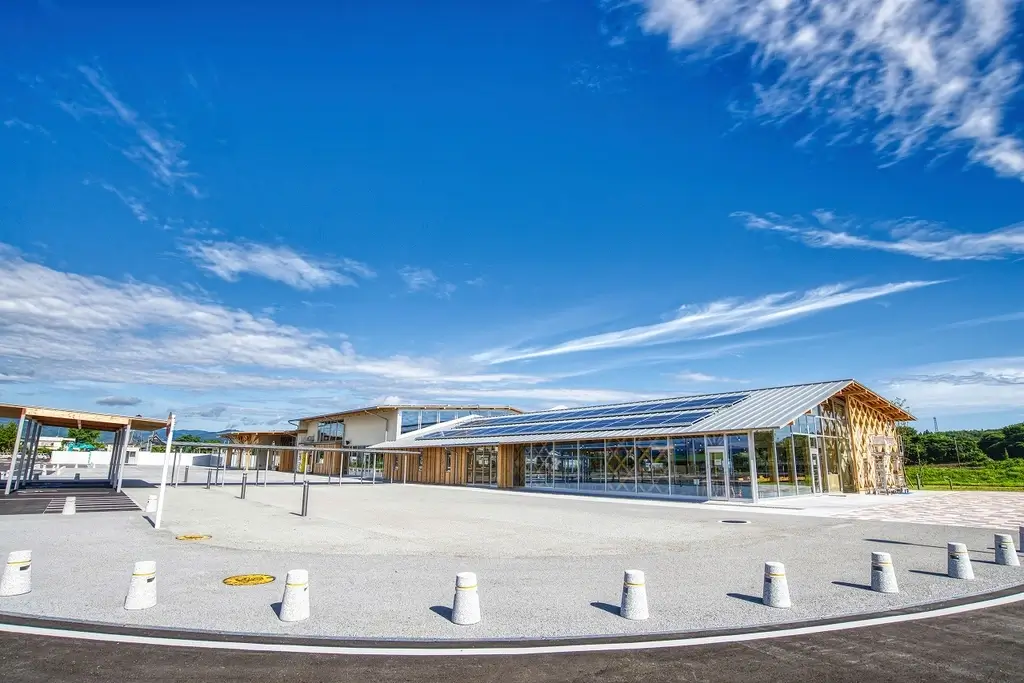
This mirrors the efforts of a couple who relocated their izakaya, Yamazato, from Akita. The izakaya became a haven for locals and construction workers, offering food, karaoke, and comfort. It aims to bring joy and connection during ongoing recovery efforts. It’s a place where both locals and visitors can feel a sense of community.
More than just a bar
Listening to their customers’ requests, the Tochimoto family expanded their offerings to include karaoke as a place to sing. It has been operating as a bar with karaoke for about two years. This change transformed Yamazato into a lively space where people could unwind, share stories, and enjoy music together.
For many workers in the area, Yamazato became a second home. It was a place to escape job stresses and find comfort in the company of others. The Tochimoto family’s commitment to Namie and Fukushima is clear in their willingness to adapt to customer needs. Their izakaya thrives by fostering connections beyond food and drinks.
Want to dive deeper into the world of traditional Japan? Check out Sakuraco! Sakuraco delivers traditional Japanese snacks, teas, and sweets from local Japanese makers directly to your door so you can enjoy the latest treats directly from Japan!
The signature dish: oyadori ramen
Since last autumn, Yamazato has been serving Oyadori ramen, a popular dish in Yurihonjo typically enjoyed at lunch. It quickly became the izakaya’s standout feature, with the heartwarming recipe crafted by Masako Tochimoto. The ramen, made with rich chicken broth, tender meat, and negi green onions, quickly became a favorite.
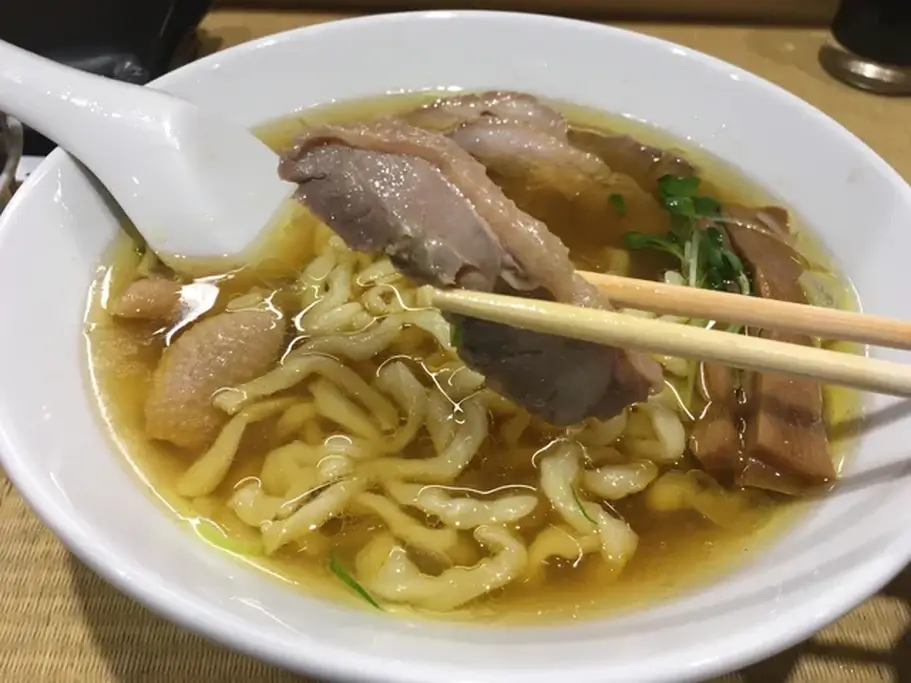
Genki Tochimoto, their son, joined the family business after leaving his construction job. He helped perfect the ramen noodles recipe. Genki uses plenty of chicken and negi green onions to ensure customers enjoy a hearty meal. Oyadori ramen now accounts for 70% of ramen orders at Yamazato, showing its immense popularity.
The taste of Akita is being embraced in Namie. A customer from Akita Prefecture expressed delight at enjoying the ramen there. Oyadori ramen offers more than just flavor; it symbolizes the Tochimoto family’s commitment to their community. The dish represents comfort, resilience, and connection, becoming a staple for those visiting Yamazato during Namie’s ongoing recovery.
Why should I visit this new Bar in Fukushima?
The opening of this new bar is more than just a business venture—it represents a commitment to cultural preservation and community healing. As Fukushima continues its journey toward recovery, establishments like this play a crucial role in shaping its future. They remind us that culture, history, and community are powerful forces that can bring people together.
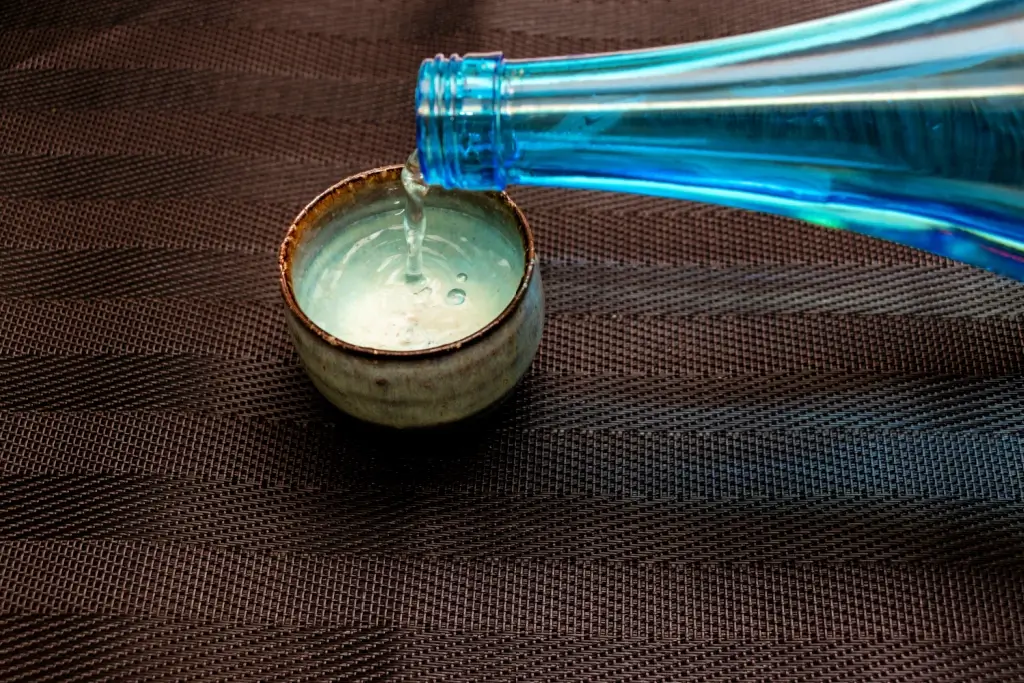
They hope to attract visitors from Akita and beyond through delicious food, music, and a welcoming atmosphere. This will ensure that Namie continues to rebuild with warmth and community spirit. Whether you’re a resident or a traveler passing through, this new bar promises an unforgettable night of storytelling. So, if you find yourself in Fukushima, stop by! Have you heard of this new bar before? Would you like to visit? Share your thoughts in the comments below!
Sources
- The Japan News. “Couple Moves Izakaya to Fukushima Pref. Town as Way to Help with Recovery Efforts; Japanese-Style Pub Offers ‘Taste of Akita’ to Customers“.
- Google Arts and Culture. “Fukushima“.
- Google Arts and Culture. “The Roots of Ramen“.

